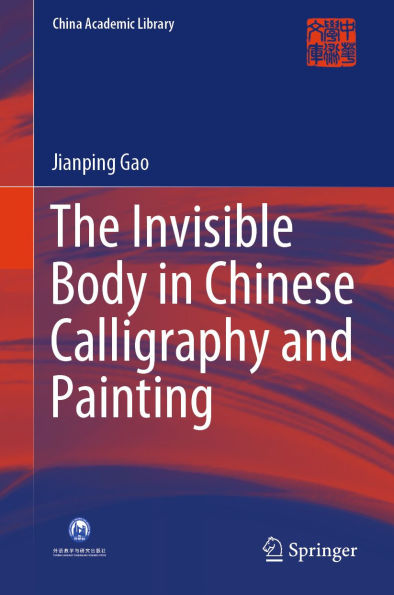This book explores Chinese calligraphy and painting from an aesthetic perspective, using modern visual theory to analyze the theoretical implications of the relationship between ancient Chinese literati painting and calligraphy, in contrast to Western aesthetic traditions.
It highlights the action-oriented nature of Chinese calligraphy and painting, demonstrating that these art forms should be viewed not as static images, but as dynamic traces of the artist’s expressive movements.
This book is ideal for those interested in aesthetics, art historians, scholars of visual theory, and anyone fascinated by the dynamic essence of Chinese artistic traditions.
This book explores Chinese calligraphy and painting from an aesthetic perspective, using modern visual theory to analyze the theoretical implications of the relationship between ancient Chinese literati painting and calligraphy, in contrast to Western aesthetic traditions.
It highlights the action-oriented nature of Chinese calligraphy and painting, demonstrating that these art forms should be viewed not as static images, but as dynamic traces of the artist’s expressive movements.
This book is ideal for those interested in aesthetics, art historians, scholars of visual theory, and anyone fascinated by the dynamic essence of Chinese artistic traditions.

The Invisible Body in Chinese Calligraphy and Painting

The Invisible Body in Chinese Calligraphy and Painting
Related collections and offers

Product Details
| ISBN-13: | 9789819666461 |
|---|---|
| Publisher: | Springer-Verlag New York, LLC |
| Publication date: | 08/01/2025 |
| Series: | China Academic Library |
| Sold by: | Barnes & Noble |
| Format: | eBook |
| File size: | 585 KB |
